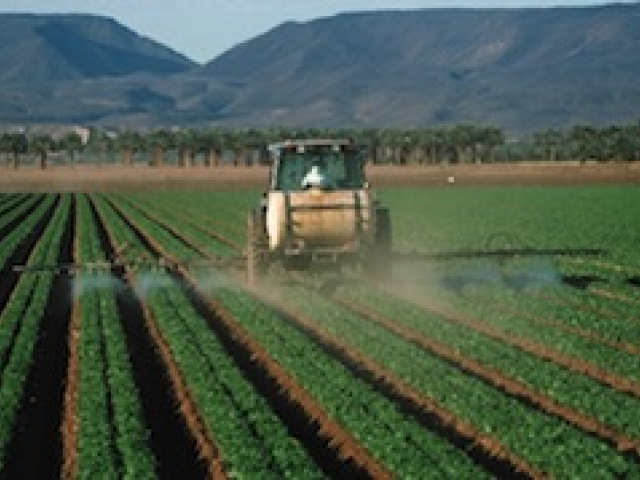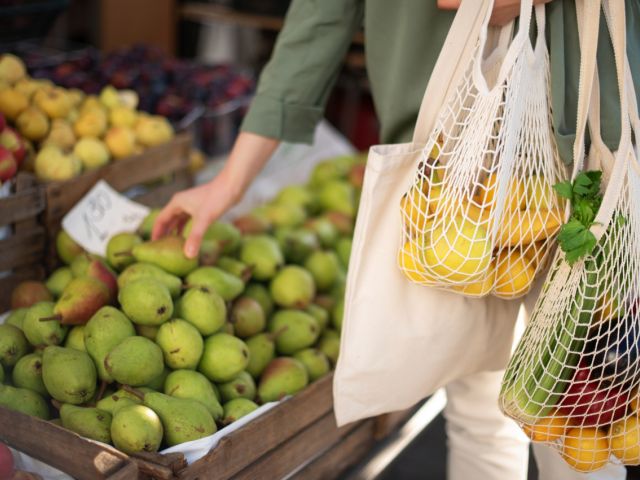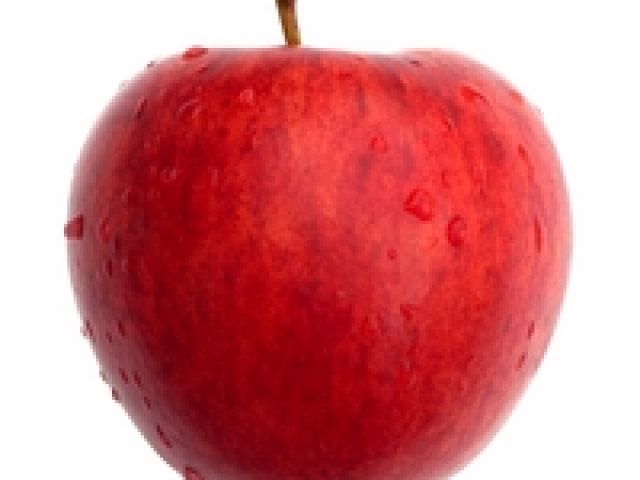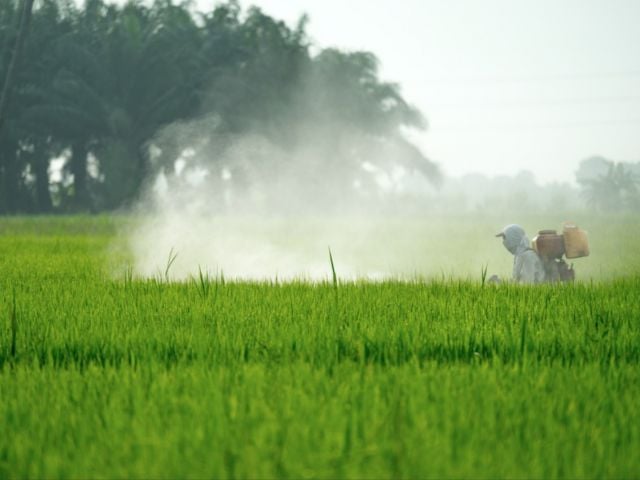Cancer-Causing Pesticide ‘Garbage’ Taints Tap Water for Millions in California

Displaying 73 - 96 of 1512

Beginning next year, a neurotoxic pesticide that at low doses can trigger brain and behavioral damage in children will be banned from use by agricultural operations in New York State

At the request of a single manufacturer - Edwards-Councilor Co., Inc. of Virginia Beach, VA - the Environmental Protection Agency (EPA) has weakened federal safety standards for a toxic chemical that...





EWG's 2013 Shopper's Guide to Pesticides in Produce will be coming out soon. Stay tuned.


EWG has released the eighth edition of its Shopper's Guide to Pesticides in Produce™ with updated information on 45 popular fruits and vegetables and their total pesticide loads. EWG highlights the...
Consumers can markedly reduce their intake of pesticide residues and their exposure to antibiotic-resistant bacteria by choosing organic produce and meat, according to researchers at Stanford...
Environmental Working Group submits comments to the EPA on the registration review for pesticide thiabendazole. EWG urges the EPA to conduct a comprehensive assessment of the cancer risks of...


